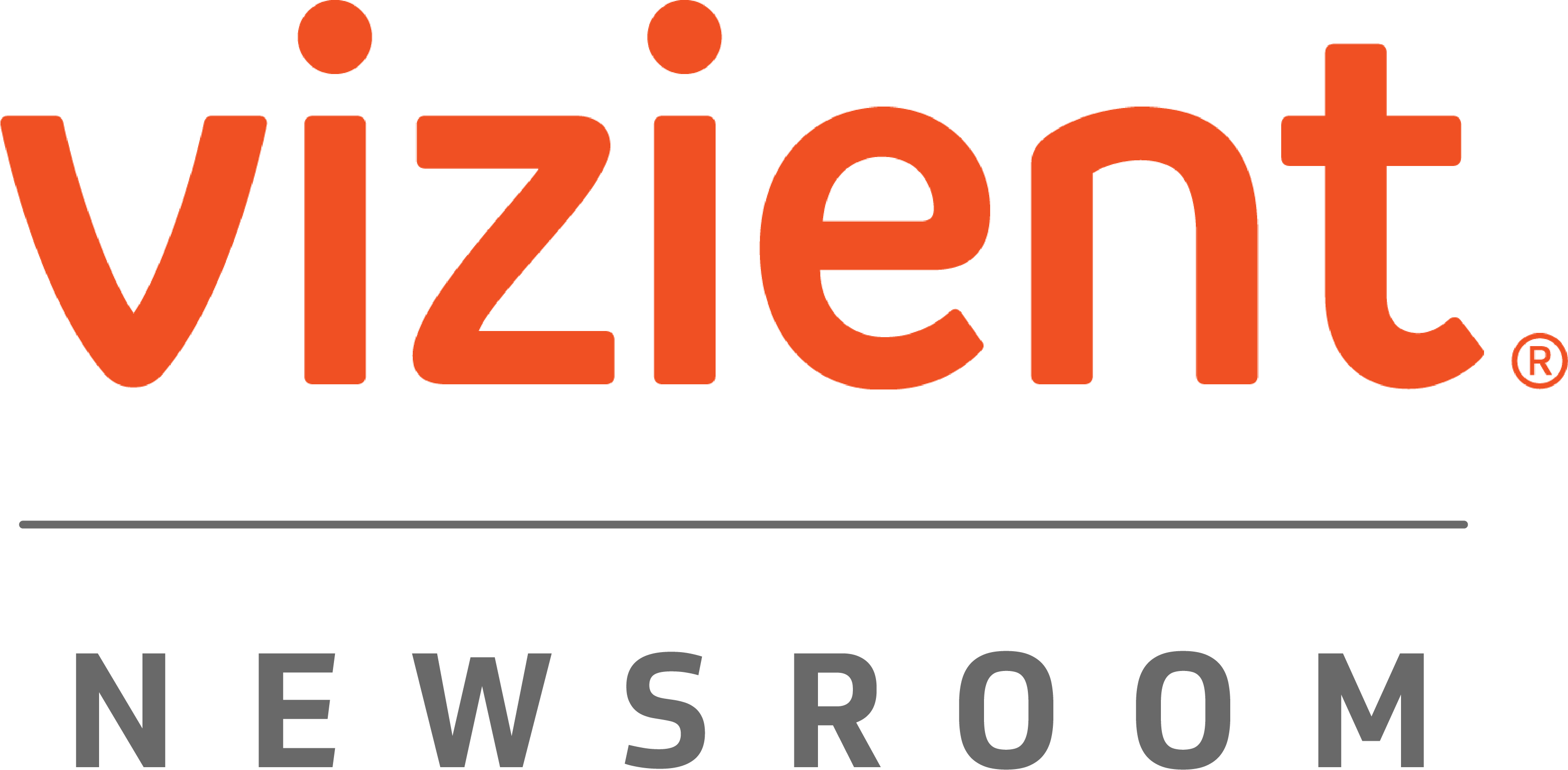As COVID continues to pummel the U.S. health care industry, having a strategy to increase resilience in their supply chain is now a priority for every supply chain leader. Vizient’s David Gillan, senior vice president of emerging solutions and supplier engagement defines “resiliency” with an analogy. “It’s like taking your family on a weekend road trip and when it’s time to stop for gas, you pull off the interstate and into the station with a singular expectation…that fuel will be available." Resiliency is having supply assurance; confidence that you can buy what you need, when you need it.
Hold that thought and go back to early 2020, when a then-unknown COVID-19 virus spread like wildfire across the U.S. Hospitals quickly became overwhelmed with seriously ill patients as the expected availability of personal protective equipment (PPE) and supplies to protect caregivers and treat patients dwindled. PPE supply assurance was in question.
“COVID-19 exacerbated a historical weakness in the U.S. health care supply chain—a lack of transparency and predictability between suppliers and providers,” said Gillan. “Vizient was already actively planning solutions to counter uncertainty and disruption in the supply market. The pandemic set the urgency of those solutions into overdrive.”
Recently, to reinforce a commitment to providers, Vizient announced new supply chain solutions to increase trust, transparency and predictability for providers and suppliers of essential medical supplies. Called the Vizient Supply Chain Resiliency Program, it’s a health care industry first for enhanced visibility into the end-to-end supply chain to better mitigate risk, respond quickly and assure the availability of necessary medical supplies.
A three-part strategy for supply chain resiliency
The program is framed around expanding domestic capacity; advocating for providers; and increasing trust, transparency and predictability. For the Vizient team, the net goal is to ensure supply assurance and to minimize supply disruption in any circumstance from pandemics to weather-related disruption, to recalls and backorders on routine items.
Resiliency, a term used to evaluate the strength of the supply chain, also factors in multiple sites of materials and built-in redundancy to create an environment of increased transparency for the full value chain. The program offers providers and suppliers a platform with secure, permission-based access.

The Supply Chain Resiliency Program drives value all the way to patient care. If front-line workers don’t have the necessary PPE or products like needles, syringes, drugs, etc., then patient care can be adversely affected. The safety and security of front-line workers is paramount, too, and the pandemic exposed how fragile the supply chain can be. This program offers several solutions to support assurance and predictability of the supply chain: pedigree data, critical supplies management service and a multi-tier network technology platform.
“Pedigree data is foundational to any resilience solution,” said Rachel Martin, Vizient associate vice president of supply chain resiliency. “Understanding where our supplies come from is necessary for understanding the impact of disruptive events. Vizient aims to serve providers and suppliers in driving adoption of standards for this data, including secure collection of information.”
Through the critical supplies management service, Vizient advisors will monitor and share actionable information with provider supply chain managers that enable them to efficiently manage their inventory of critical supplies and quickly pivot to alternative suppliers and conservation strategies as needed.
As industry-wide solutions for supply chain transparency gather more importance, technology and data service providers will be critical to program success. To support this, a resilience network platform is being established through a recently announced strategic relationship between Vizient and E2open, a leading network-based provider of 100% cloud-based, end-to-end supply chain management software. Each element in the resilience solution set serves to proactively mitigate costly supply disruptions and bring greater transparency and trust between trading partners.
Provider-driven comprehensive planning process
Long before anyone heard of COVID-19, shortages existed in the supply chain for items like IVs, certain drugs, and availability of essential products—all mini-perfect storms resulting in a breakdown in the chain impacting providers’ ability to provide a high level of quality care to patients.
Vizient took the lead with a market survey of provider-based supply chain leaders to gauge their concerns, operational disconnects and unmet needs. Disruption management and enterprise risk were their biggest concerns and drove the development of the Supply Chain Resiliency Program. From there, provider members gave ongoing feedback to define the right set of solution requirements.
“Being member-driven, we are in this mindset on how best to help providers prepare, protect, respond and recover,” Gillan said. “We started that journey with providers before COVID, and together we’ve refined that strategy and are now ready to put a supply chain resilience program into action.”
The resilience network platform is expected to fully launch to providers in early 2022.
“Vizient remains committed to providing actionable strategies and solutions to reduce the impact of unexpected demand surges and supply shortages,” said Gillan. “Continuing to be stranded at a gas station that isn’t sure when they will have fuel isn’t an option.”
Additional information about the program will be available soon online. In the meantime, you can email Vizient to learn more about this and other supply chain resilience offerings.
